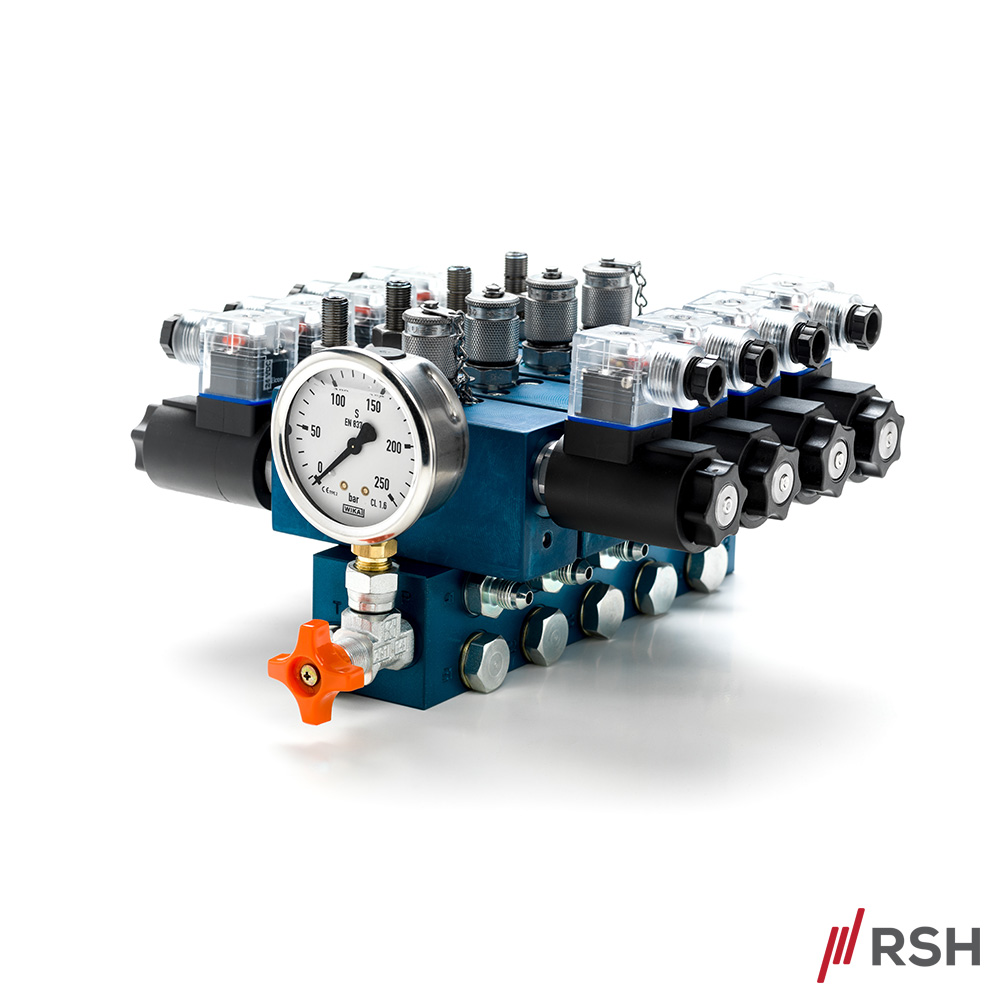
29 Jul Hydraulics : Elegant Muscle part 3
By Steve Loutrel
Manual pump systems
The pump that supplies pressure to the hydraulic system may be manually or electrically powered. (For racing yachts, the rules require that the pump be manual.) The important characteristics for a manual pump are:
Powered pump systems
On a cruising yacht, powered pumps can be electrically driven or belted off the main engine and can supply any or all of the control panels. Using an electric motor to power the pump has the advantage of the motor’s being instantly available when the engine is not running, important for sailing controls such as the boomvang. In comparison, the main engine or a generator-set engine is capable of supplying much higher power; this could be important when raising a large keel or centerboard.
The typical installation of an electrically powered pump uses a standard control panel with its manual pump. A push button located near the panel activates the electric pump, supplying fluid to the panel. Pumping is faster and easier than with a manual pump.
Electrically powered pumps come in several varieties. The most economical is a simple DC motor (similar to a starter motor) and a gear pump assembly mounted in an integral reservoir. The maximum pressure capability of this type of pump unit is about 3,000 psi, with a working pressure of 2,000 to 2,500 psi. But the motor and gear pump are apt to be noisy, and the efficiency of the system is not very high. This package makes sense only if you’re powering a few functions that are infrequently used.
The next level up involves a high-efficiency permanent-magnet motor. Its four pump “gears” are automatically selected according to pressure. It will operate at 5,000 psi on a nearly continuous basis and at 7,500 psi in an intermittent use. When pumping at 5,000 psi it is nearly silent, with the electric motor the dominant sound.
If the boat is equipped with hydraulic winches, another method of supplying power to the cylinder control panels is by tapping into the DC motor-driven pumps and bank of electrically controlled hydraulic valves of the winch supply.
Stephen “Steve” Loutrel is Consultant in Naval Architecture and Mechanical Engineer
Director of engineering in Navtec and Lewmar-Navtec from 1976 to 2009





